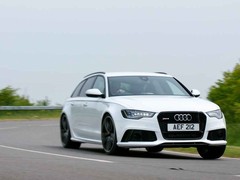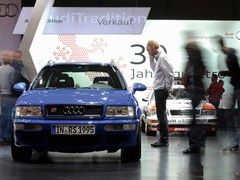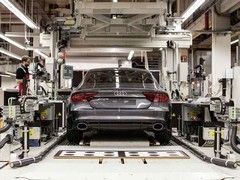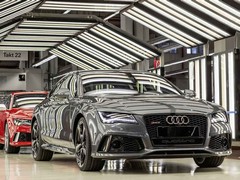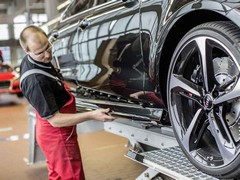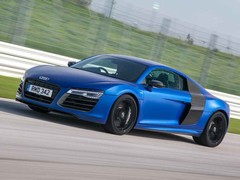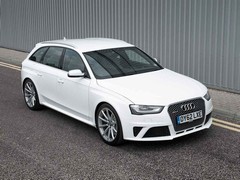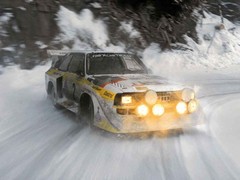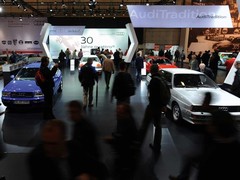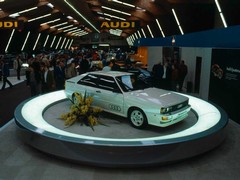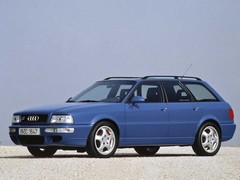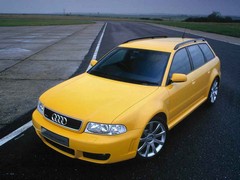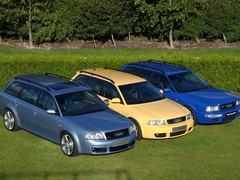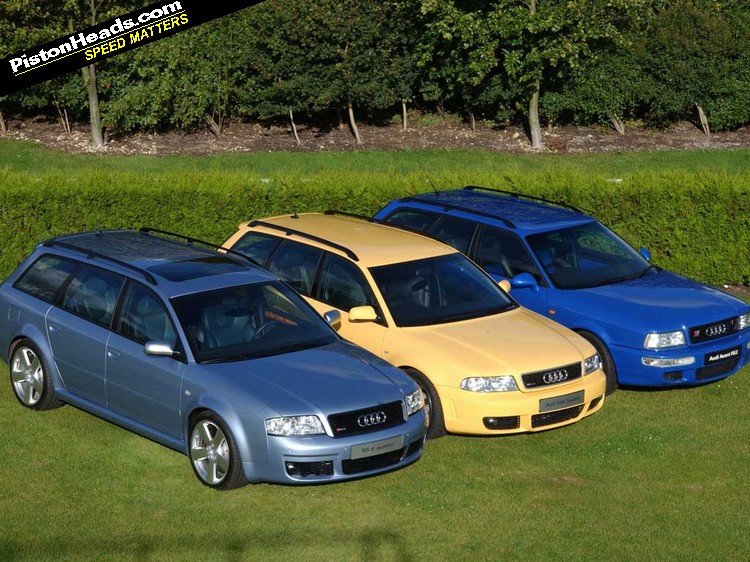30 years of Quattro
RS7 launch allows a PH peek at the Quattro production line and history lesson on three decades of hot Audis
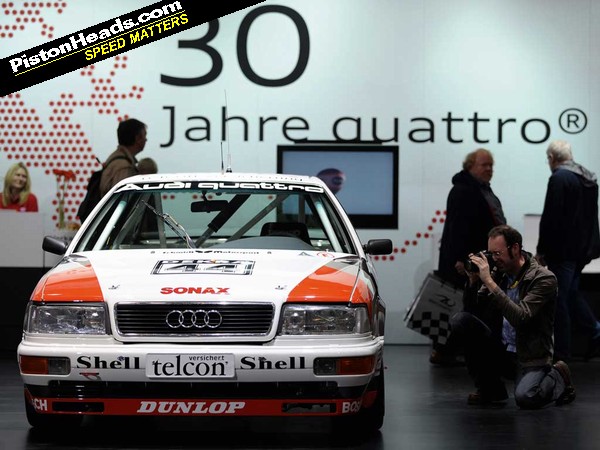
Muted though the celebrations may be, Audi has simply got on with making sure 2013 is a year to remember; come year's end, Quattro GmbH will have delivered some 15,000 cars - made up of RS and R8 models - which represents a 30 per cent increase on the previous term. No extravagant fanfare or unnecessary waste, just business-like efficacy. Even Audi's birthday parties are four-wheel drive.
Quattro GmbH took its name from the road car of 1980, but in a reverential nod to that - as well as the heroic line of rally cars that would follow - Audi officially still uses a lower case 'q' even if the PH style guide dictates a 'proper' upper case one for the avoidance of doubt.
Odd one out
Although the division certainly has its fans who adoringly discuss its product in similarly respectful tones, Quattro GmbH doesn't, for one reason or another, quite have the draw of BMW M or Mercedes AMG.
The division was founded in October 1983 in Neckarsulm, a city in Germany's Baden-Wuerttemburg state, 40 miles north of Stuttgart. Nestled within Audi's existing manufacturing facility, Quattro GmbH is located in building B6. It's a large but unimposing production hall from the outside with none of the visual impact of the modern, glass fronted Audi Forum that arrests your sight as you approach along Felix Wankel Strasse (the site used to house NSU Motorenwerke AG, for whom Felix Wankel pioneered the pistonless rotary engine. NSU, of course, was merged with Auto Union in the 60s to form Audi as we know it today).
The spectacular Forum may steal the limelight with its sprawling, multi-level showroom, restaurant and pristine museum pieces, but building B6 is the beating heart of the Neckarsulm facility, for this is where Audi's hottest 'regular 'models come to life. R8s, meanwhile, are built in a separate Quattro GmbH facility on the same site. The brown tiled floor of the final assembly hall is redolent of an old school house. As RS6s, RS7s, RS5 Cabriolets and more are wheeled around tight corners into a secondary hall - no bigger than a couple of tennis courts - to have bumpers and wheel arch linings fitted, a sense pervades that demand for Audi's RS models has outstripped the capacity of building B6.
Vorsprung durch ... tradition?
An orange folder follows each car throughout every stage of the production process, gradually filling up with work flow sheets that are stamped by workers at each station by way of sign-off. These folders are then sent to Ingolstadt where copies are made and stored for 30 years to comply with European product liability regulations.
Once the cars have been assembled and their paintwork scrutinised under bright lights, they're wound up to 80mph on rollers to ensure engines and drivetrains run properly. All cars then complete the 1.5km test track, but higher-end models are taken for a longer test drive on open roads.
Aside from the development and build of Audi's sportiest models, Quattro GmbH has two additional tasks to fulfil; the design and production of components for Audi's mainstream S line models and its individualisation programme, and the management of its customer racing activities. That all sounds very much like the remits of BMW M and Mercedes AMG, so why doesn't Quattro GmbH have quite the same draw?
Making up ground
It must simply be down to heritage. Although Quattro GmbH was founded 30 years ago, it didn't actually produce a car until the RS2 of 1994. According to Audi itself, for the first 11 years the division was simply responsible for "the marketing of accessories." By way of comparison, BMW M had already delivered the M1 supercar, the M535i, M635 CSi, two generations of M5 and two M3s by the time Quattro GmbH had knocked out the genre-busting RS2 Avant. In vehicle production terms, Quattro GmbH is half the age of BMW M.
Reception could also be a factor, for only a handful of RS-badged Audis will be remembered as genuinely brilliant driver's cars, such as the R8 and B7 RS4. The majority, as we like to compliment back-handedly, are 'great to live with'.
Nonetheless, Quattro GmbH is a brand on the move. Its range is more extensive and diverse than ever before and a 30 per cent year on year sales leap is indicative of the sheer showroom appeal of its current product. On the basis of its sales trajectory and the strength of the R8 and recent RS6, we can surely expect some mighty performance cars from Quattro GmbH between now and its 40th anniversary.
Gassing Station | General Gassing | Top of Page | What's New | My Stuff

